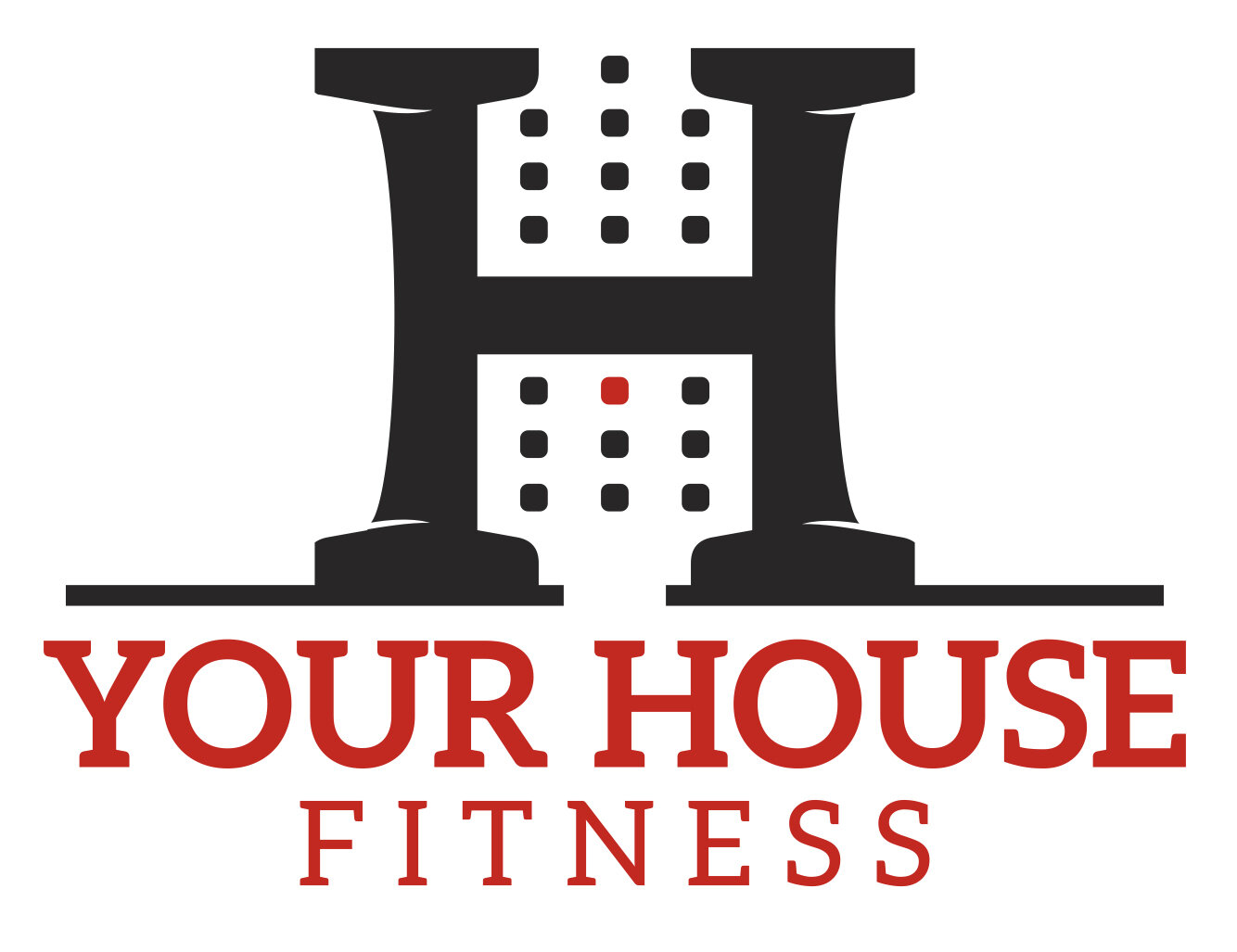Common Hip Thrust Mistakes: Fix Your Form & Avoid Lower Back Pain
Table of Contents
Common Mistakes When Performing the Hip Thrust
When performing hip thrusts, it's essential to execute the exercise correctly to effectively target your glutes and avoid unnecessary strain on your lower back. A prevalent mistake observed is incorrect spinal positioning, often due to inadequate core engagement or using weights that are too heavy.
For more information on how to perform a hip thrust or glute bridge, check out the link provided. This article focuses solely on highlighting common mistakes and how to correct them.
Incorrect Form: Excessive Arching
One of the most common errors beginners make is arching the back excessively. Instead of maintaining a neutral spine, individuals tend to lead the movement with their stomach. This faulty form looks like the belly button being drawn upwards while the hips lag behind. As a result, the glutes do not fully contract, and a noticeable hinge remains at the hip.
When attempting to correct this, individuals might push harder through the stomach, resulting in even more exaggerated arching. Over time, this improper technique places significant stress on the lower back, transforming the exercise into a lower back-dominant movement rather than a glute-targeted one.
Correcting the Mistake: Engage Your Core Properly
To address this common fault, proper core engagement is crucial. Instead of sucking in your stomach, actively push your stomach out in all directions (360 degrees) by taking a deep breath. Following this, sharply exhale, activating your rectus abdominis muscles (your "six-pack" muscles) and stabilizing your spine in a neutral position.
With your spine stabilized, initiate the hip thrust by driving your hips upward from the hip crease, not your stomach. Proper form is indicated by the knees forming a straight line with the upper body, without any excessive arching or sagging.
Importance of Leading with Your Hips
When adding weight, such as using a barbell, ensure the barbell leads the motion. If the barbell is lagging behind or following your stomach, your technique needs adjustment. The correct execution is for your hips to push directly up into the barbell as the first point of contact.
Managing the Weight Appropriately
Sometimes, even with core engagement, you may find your back slipping into an extreme anterior tilt. This issue generally signals that the weight is too heavy. Although the glutes are powerful muscles, the core often lags in relative strength. Therefore, it's important to select a weight that your core can manage effectively, even if your legs and hips feel they could handle more.
Reducing the load by 5-10 lbs and consistently practicing correct form will gradually strengthen your core, allowing you to progressively increase weight safely.
Final Thoughts
Properly executing the hip thrust requires maintaining a neutral spine through active core engagement, initiating the movement from your hips rather than your stomach, and carefully managing the weight used. By correcting these common mistakes, you ensure the exercise effectively targets your glutes while protecting your lower back.

